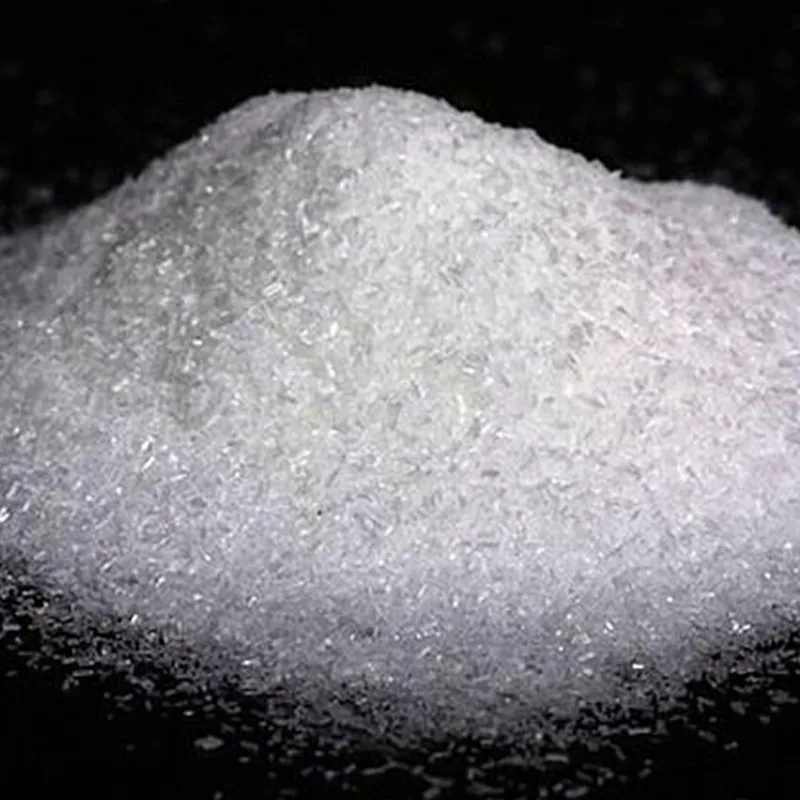
e 631 flavour enhancer
Understanding E631 The Flavor Enhancer
In the world of food additives, E631, commonly referred to as sodium ribonucleotide, plays a significant role in enhancing the flavor profile of various culinary delights. As a flavor enhancer, its primary purpose is to boost the umami taste, which is often described as a savory and rich flavor. This makes E631 a popular choice in processed foods, particularly in products like snacks, instant noodles, and seasoning mixes.
What is E631?
E631, or Disodium Inosinate, is a food additive that typically works in conjunction with other flavor enhancers such as monosodium glutamate (MSG) and E621 (which is also known as sodium glutamate). It is derived from ribonucleic acid (RNA) that is extracted from animal sources, particularly fish and certain plant materials, although the synthetic versions are also widely used.
The unique quality of E631 comes from its ability to elevate the flavors of dishes by enhancing the overall taste experience without directly contributing its own flavor. This means that while you might not specifically taste E631, your enjoyment of the food is significantly improved.
How is E631 Used?
E631 is typically utilized in the production of savory processed foods. You will often find it in
e 631 flavour enhancer

2. Instant Noodles These products greatly benefit from flavor enhancers like E631, as they rely on a rich, savory taste that aligns well with consumer preferences for quick and tasty meals.
3. Canned Soups and Sauces E631 helps in achieving a deeper flavor profile in soups and sauces, making them more enjoyable.
4. Seasoning Mixes Many commercially sold seasoning mixes contain E631 as a key ingredient to improve the taste of dishes prepared with them.
Health Considerations
While E631 is generally recognized as safe for consumption, there are a few considerations. Some individuals may be sensitive to certain flavor enhancers, including MSG and its derivatives. Symptoms such as headaches or an upset stomach can occur in rare cases after consuming foods containing high levels of these additives.
Furthermore, since E631 is often derived from animal sources, it raises awareness among consumers who follow vegetarian or vegan diets. Always checking food labels can help individuals avoid consuming products that do not align with their dietary restrictions or ethical beliefs.
Conclusion
E631, as a flavor enhancer, demonstrates the ongoing innovation in the food industry to provide consumers with richer and more satisfying flavor experiences. By understanding its role and application, consumers can make informed choices about the foods they consume. The key takeaway is that while flavor enhancers like E631 significantly contribute to taste, awareness of their origins and potential sensitivities is crucial for maintaining a balanced diet and ensuring that what we eat aligns with our values and health needs. Whether you are a foodie keen on exploring packaged goodies or a health-conscious consumer, knowing about E631 can empower you to make better dietary decisions while enjoying the pleasures of flavorful food.
-
Why Glacial Acetic Acid Food Grade Is Essential in FlavorNewsMay.26,2025
-
Surging Export Growth of Food Additives in ChinaNewsMay.26,2025
-
How Ammonium Nitrate Fertilizer Boosts Crop YieldsNewsMay.26,2025
-
How 1,2,3-Benzotriazole Shields Plastics from UV DegradationNewsMay.26,2025
-
Cyanide in Gold Mining: Protecting People and the PlanetNewsMay.26,2025
-
Aluminum Hydroxide in Modern Sunscreen FormulationsNewsMay.26,2025
-
Understanding Synthetic Rubber OptionsNewsApr.27,2025
Hebei Tenger Chemical Technology Co., Ltd. focuses on the chemical industry and is committed to the export service of chemical raw materials.
-

view more DiethanolisopropanolamineIn the ever-growing field of chemical solutions, diethanolisopropanolamine (DEIPA) stands out as a versatile and important compound. Due to its unique chemical structure and properties, DEIPA is of interest to various industries including construction, personal care, and agriculture. -

view more TriisopropanolamineTriisopropanolamine (TIPA) alkanol amine substance, is a kind of alcohol amine compound with amino and alcohol hydroxyl, and because of its molecules contains both amino and hydroxyl. -

view more Tetramethyl Thiuram DisulfideTetramethyl thiuram disulfide, also known as TMTD, is a white to light-yellow powder with a distinct sulfur-like odor. It is soluble in organic solvents such as benzene, acetone, and ethyl acetate, making it highly versatile for use in different formulations. TMTD is known for its excellent vulcanization acceleration properties, which makes it a key ingredient in the production of rubber products. Additionally, it acts as an effective fungicide and bactericide, making it valuable in agricultural applications. Its high purity and stability ensure consistent performance, making it a preferred choice for manufacturers across various industries.











